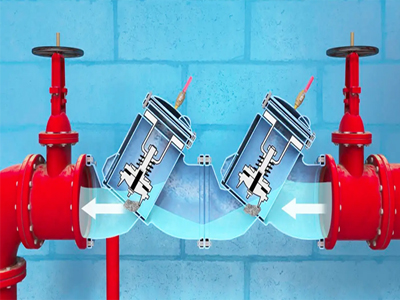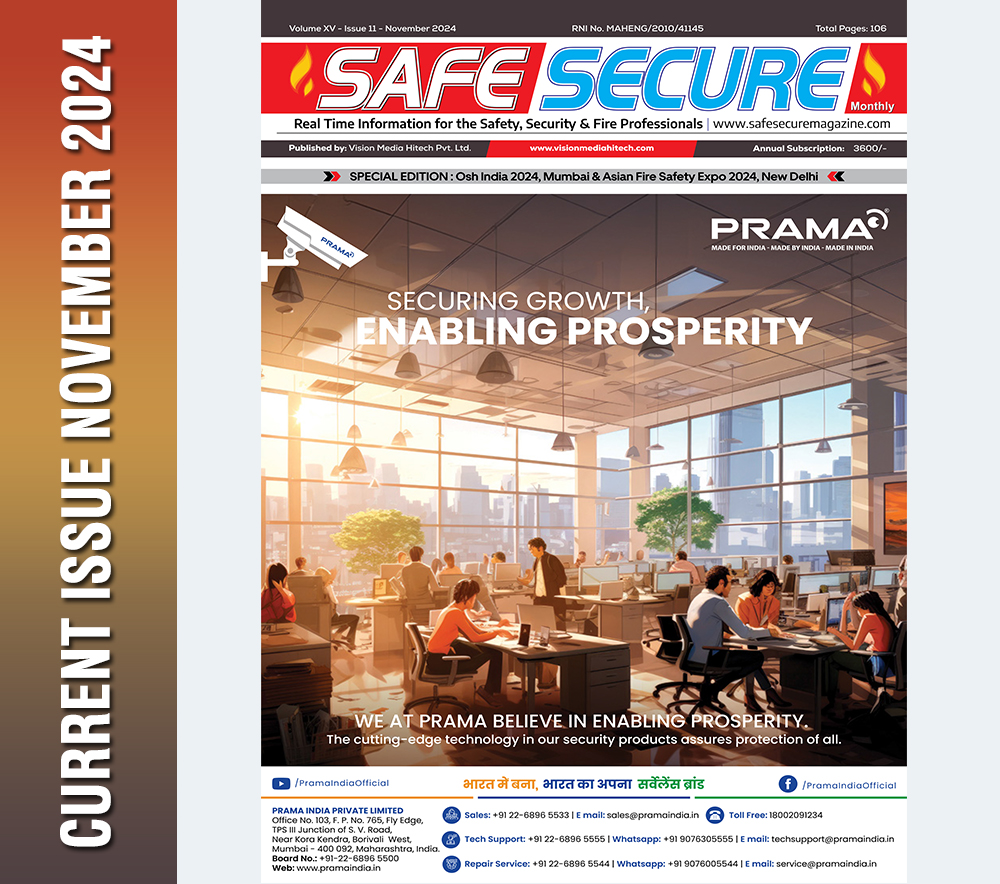Preserving Water Safety: The Vital Role of Backflow Preventers

Water is a fundamental resource essential for human health
and well-being. Ensuring the safety and cleanliness of our water supply is
paramount to protect public health from potential hazards. One crucial
component in maintaining water safety is the backflow preventer. In this
article, we delve into the significance of backflow preventers and their
indispensable role in safeguarding our potable water supply.
Understanding Backflow
Backflow occurs when the flow of water in a plumbing system reverses direction, potentially allowing contaminated water to enter the clean water supply. This reversal of flow can happen due to changes in water pressure, such as during a water main break, firefighting activities, or when using irrigation systems. When backflow occurs, contaminants such as pesticides, chemicals, bacteria, or sewage can infiltrate the drinking water system, posing serious health risks to consumers.
The Purpose of Backflow Preventers
Backflow preventers serve as crucial safety devices designed to protect potable water supplies from contamination. These devices are installed at strategic points in plumbing systems to prevent the reverse flow of water and ensure that only clean, safe water flows through the system. By creating a physical barrier that prevents contaminated water from entering the clean water supply, backflow preventers play a vital role in maintaining water quality and safeguarding public health.
Types of Backflow Preventers
There are various types of backflow preventers designed to
suit different applications and levels of protection:
1. Pressure Vacuum Breaker (PVB): Commonly used for irrigation systems, PVBs prevent backflow by creating an air gap that breaks the siphon when water pressure drops.
2. Double Check Valve Assembly (DCVA): Suitable for commercial and industrial applications, DCVAs consist of two check valves that close tightly to prevent backflow.
3. Reduced Pressure Zone (RPZ) Assembly: Ideal for high-risk applications such as hospitals and chemical plants, RPZ assemblies include two check valves and a relief valve to provide the highest level of protection against backflow.
Importance in Public Health
Backflow preventers are essential components of water safety management, particularly in preventing the spread of waterborne diseases and contaminants. By ensuring that only clean, uncontaminated water flows through our plumbing systems, backflow preventers help protect individuals and communities from the adverse health effects of exposure to contaminated water. Additionally, they play a crucial role in maintaining compliance with regulatory standards and ensuring the integrity of our water supply infrastructure.
Conclusion
In conclusion, backflow preventers are indispensable devices
that play a critical role in safeguarding our potable water supply. By
preventing the reverse flow of contaminated water into clean water systems,
these devices protect public health, ensure water safety, and maintain
compliance with regulatory requirements. Investing in the installation and
maintenance of backflow preventers is a proactive measure that contributes to
the overall well-being and safety of communities worldwide.
(This "Fire Safety Blogs" Published in May 2024 Edition)













